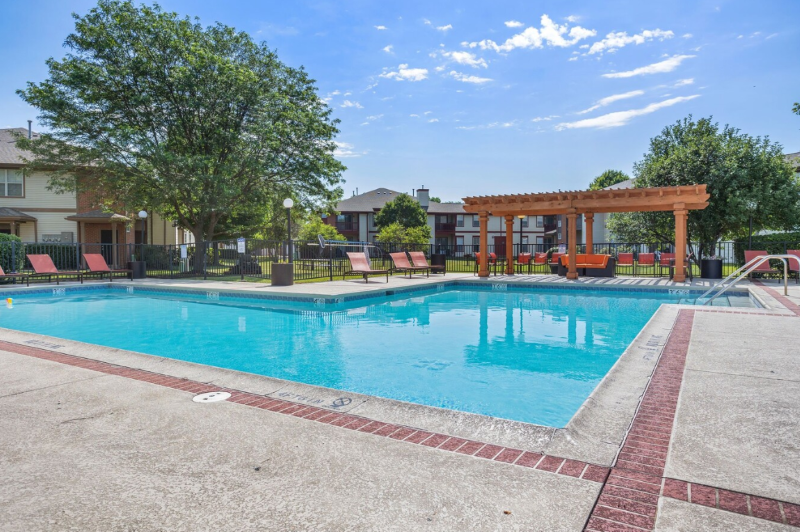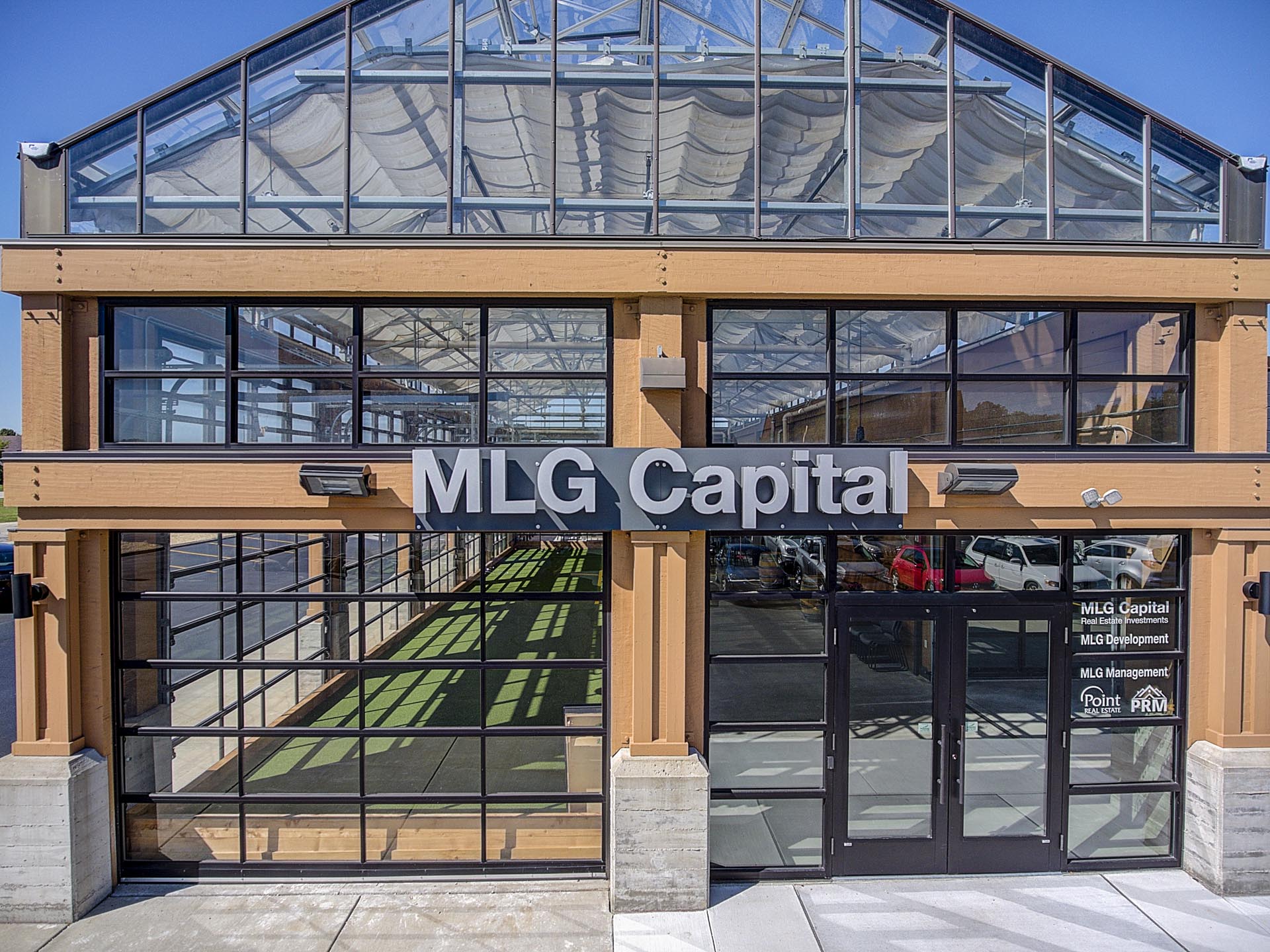When considering a potential multifamily acquisition, there are a number of factors to consider. Where is the property located? What school district is it in? When was the property built? These are just a few questions to consider when determining whether a property might be a good investment.
Before looking at the specific attributes and factors we review when evaluating a multifamily property, it’s important that we consider the fundamental goals of our multifamily investments: to maintain and grow net operating income that will, in turn, produce stable cash-flow during ownership and maximize the property value upon sale — all with the lowest possible risk profile and in the most tax-efficient manner. The following, and all attributes we review, are considered with that goal in mind:
Cost Basis, Potential for New Supply
When looking at a potential multifamily acquisition, you’ll often hear the phrase ‘price per unit’ mentioned. While the total number of units is relevant, it’s more important to consider the price you’re paying or selling each individual unit for. At MLG, we are a ‘basis conscious’ firm, meaning that we pay significant attention to price per unit (or per square foot). We compare these values to recent sales of comparable properties and the price of new construction.
Our team is always researching and evaluating the cost of new supply through local relationships, developer publications, and market research. We aim to buy below the cost of new supply which allows us to charge lower rents than those required to support new development, therefore providing value in the market and insulating the property against new supply.
Before acquiring a property, we also consider the potential for new supply in the submarket, and its relevance to the subject property to better understand what new developments are under construction, planned to be built, or could potentially be built (i.e., vacant land, abandoned buildings). Even when rents are well below those required to support new construction, it’s important to understand the new supply pipeline. An excess of new supply in a submarket can lead to increased vacancy rates, the introduction of or increase in concessions (i.e., move-in incentives, free rent), and reduced or negative rent growth. Conversely, submarkets that are under-supplied can benefit from lower vacancy rates, the reduction in or elimination of concessions, and, potentially, outsized rent growth.
Construction, Physical Attributes
One of the reasons real estate is such a great investment is its physical, relatively fixed nature. Compared to other cash-flowing investments like stocks or bonds, real estate’s physical nature maintains a higher intrinsic value. While unit appointments such as flooring and appliances, and certain building components such as siding, roofs, and HVAC will need to be replaced, most of what we’re buying is essentially fixed, at least for the term of our hold.
With that, we scrutinize every physical detail of the real estate we are buying. This starts from the ground up, hiring environmental specialists to evaluate the land itself for potential contamination, surveyors to review floodplains, encroachments, etc. and third-party engineers and contractors to examine all major physical aspects of the property including plumbing, electrical, building condition, and more. MLG and its partners walk units, looking for signs of excessive damage or systemic concerns.
The tenant’s point of view is also an important consideration. Is the exterior appearance of the property consistent with neighboring buildings? Do the units have in-unit washers and dryers or do tenants have to use common laundry facilities? Does the property have a pool, or will tenants be inclined to rent from another property that has one? All of these and numerous others are questions we consider when evaluating a property as they ultimately determine what a tenant is willing to pay.
Vintage, Functional Obsolescence
Vintage, or the age of a property, goes hand-in-hand with the physical nature of real estate. When considering a potential acquisition, it’s important to consider the asset’s vintage relative to the purchase price, cap rate, and rents it’s achieving. Typically, older buildings garner lower rents and, generally, are not as desirable to tenants as their newer counterparts. They may start to become functionally obsolete, lacking the qualities modern renters are looking for such as in-unit washers and dryers (mentioned above), taller ceilings, or amenities such as a pool or fitness center. Further, older assets typically have diminished remaining useful lives, and should be priced accordingly.
Although there isn’t a hard and fast rule, the older the asset, typically the higher cap rate (lower P/E ratio) it trades at, as the market sees less remaining income left before a significant capital infusion is required. We typically acquire newer (1980+), functional assets that we believe are positioned well to compete for tenants and have significant remaining useful lives.
Location, Location, Location
You might’ve heard the saying “location is everything” and, in real estate, that’s absolutely true. The location of a property is critical to its success and ability to generate income. We’re hyper-focused on the location of the potential acquisitions as it’s the only truly unchangeable thing. Proximity to employment drivers, grocery, shopping, and dining, what school district the property is in, ease of interstate access, crime rate, and a whole myriad of other factors determine a tenant’s desire to live in a particular location. Metrics like population growth and area median household income help us understand rental demand and the ability for potential tenants to comfortably afford rents. We review all of the above factors and, perhaps most importantly, spend significant time at the asset and in the surrounding area to understand a potential acquisition’s location.
Operational Efficiency
While there are opportunities in all sizes of properties, we find there tends to be a minimum number of units where properties operate the most efficiently and can be managed the best. This number varies based on market, proximity to other managed assets, and product type, but is generally 150-200+ units. This allows properties to have full-time staff, services like pool maintenance and marketing to be spread across a larger number of units, and inevitable unit turnovers to occur regularly enough to create a smooth flow of leasing traffic/unit availability.
Having a local management presence that is familiar with the market is also an important aspect of creating operational efficiency. Each market operates with its own set of unique dynamics and having a manager who is familiar with those dynamics is important to ensuring the smooth operation of a property. Further, local managers have established operational relationships (i.e., maintenance, landscaping, cleaning), streamlining operations and often creating cost savings.
MLG utilizes its subsidiary management companies, PRM and Valliant, in markets where they have a presence. Where they do not, we contract third-party management companies with a local presence as they often already have the scale, market knowledge, and relationships key to successful operations. By using both in-house and third-party management firms that have significant local presences, we are often able to capitalize on opportunities in which an asset is operated by an out-of-market owner/operator who is not efficiently managing the property.
There are numerous other factors to be understood, but the above are but a few of the key components we evaluate when considering a potential multifamily acquisition. Each opportunity is nuanced and should be reviewed individually. There is no steadfast set of rules, but rather a general set of guidelines that we’ve continually refined throughout our 36+ years of investment experience. Whenever you’re investing in real estate (or anything for that matter), it’s important to do your due diligence, understand the potential risks, and make smart, educated decisions.
Connect with us to learn more about how you can invest in private real estate today.
Carter Olles is a Senior Associate at MLG Capital, focused on real estate acquisitions and contributions in the Midwest. He also leads MLG’s Model Integrity Committee, overseeing the accuracy of MLG’s models and underwriting standards. Carter enjoys playing tennis, golfing, skiing, and spending time on the water.


